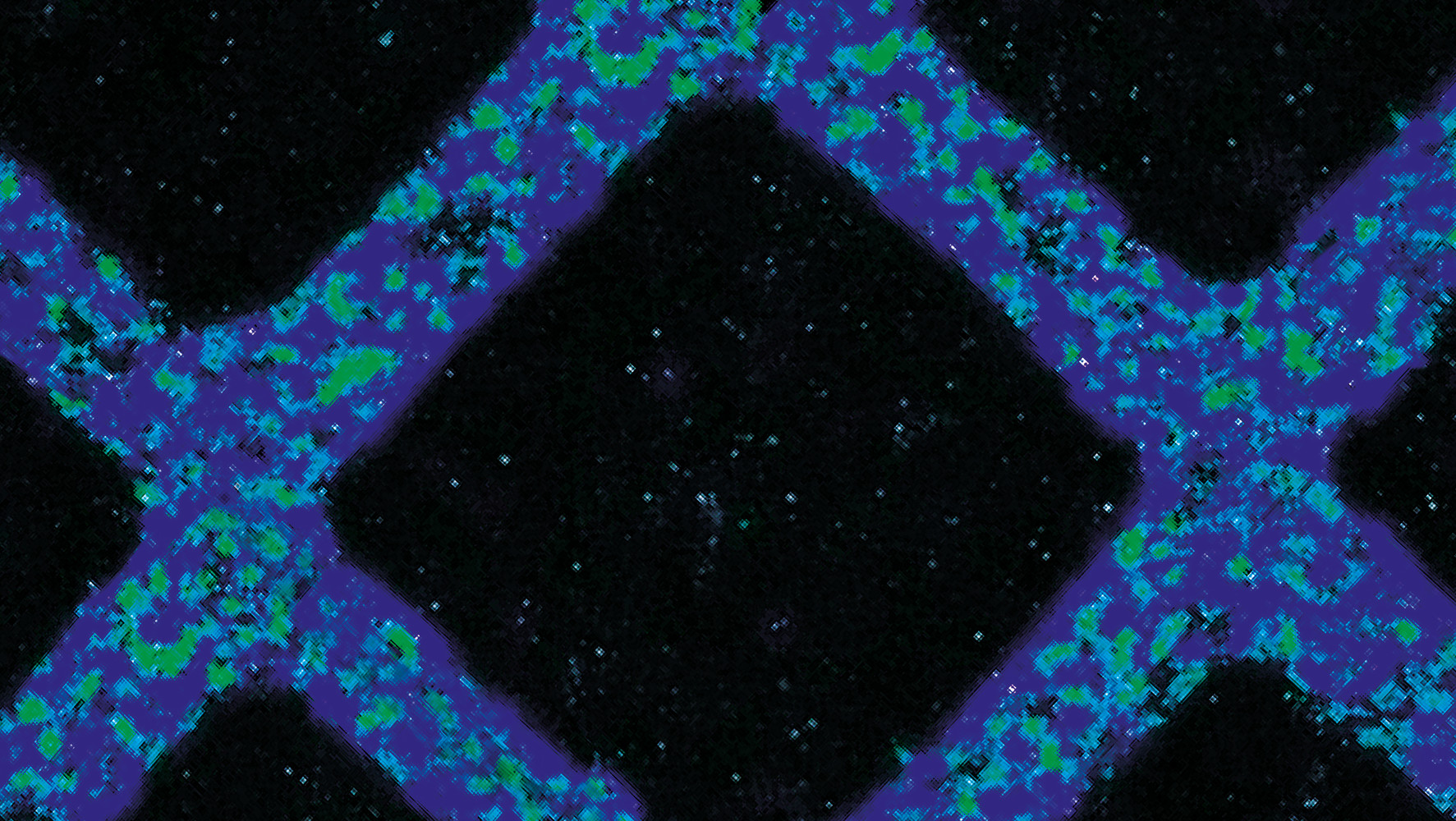1 in 3
cars globally have a JM catalyst coating in their catalytic convertor
2021
We develop and manufacture membranes for hydrogen fuel cells and green hydrogen electrolysers, enabling the transition to net zero
Our experts understand the chemical interactions at the interface of solids, liquids and gases, and use this knowledge to develop new structures for emission control catalysts, design membranes for green hydrogen electrolysers, and enhance biocompatibility of pharmaceutical drugs with the human body.
What is surface chemistry?
Surface chemistry refers to the reactions that occur at the interface between phases. To influence the reactions taking place at a surface requires knowledge of atom sizes and positions, chemical bonds, molecular interactions, local surface compositions and charges, and properties of crystalline or amorphous layers.

Optimising performance
We use surface chemistry to improve the effectiveness of many of the products we manufacture. In catalysis, our knowledge of surface chemistry enables us to produce highly active coatings that are carefully adhered onto surfaces, and this has contributed to our leading position in emission control catalysis.
Our coating laboratories use state of the art methods, combining established and unique coating techniques with specific knowledge of the mixed material chemistry (including colloids and suspensions), particle size and shape, rheology (i.e. how a material flows), formulation and adhesion, to produce durable and functional coatings on flat or complex shapes, using materials ranging from metals to ceramics to polymers. To achieve these complex structures requires excellent knowledge of not just the properties of the active material, but the overall structure that comprises the functional coating, and we base this on a thorough understanding of the surface chemistry of components, binders and additives that make up the coating, and use this to modify the effectiveness and adhesion of the final coating layer.
Safer, more stable and longer lasting
Our ability to characterise surfaces and their interactions gives us a unique understanding of the improvements in performance that modifications to a surface can bring, and we’re applying this knowledge to sustainable technologies for the future. We develop and manufacture membrane electrode assemblies and catalyst coated membranes for hydrogen fuel cells and electrolysers for green hydrogen production, enabling the decarbonisation of transport and energy. With our surface chemistry expertise, we work to improve durability, reactivity, and adhesion properties of these membranes, while delivering even and consistent layers.
Applying this capability across our markets, means we can offer state-of-the-art coating technologies and surface solutions to enhance the performance of products – offering our customers solutions that are reliable, fast, precise, durable and economic.

